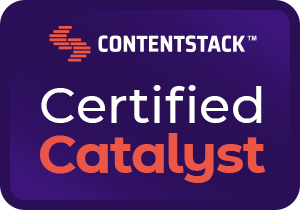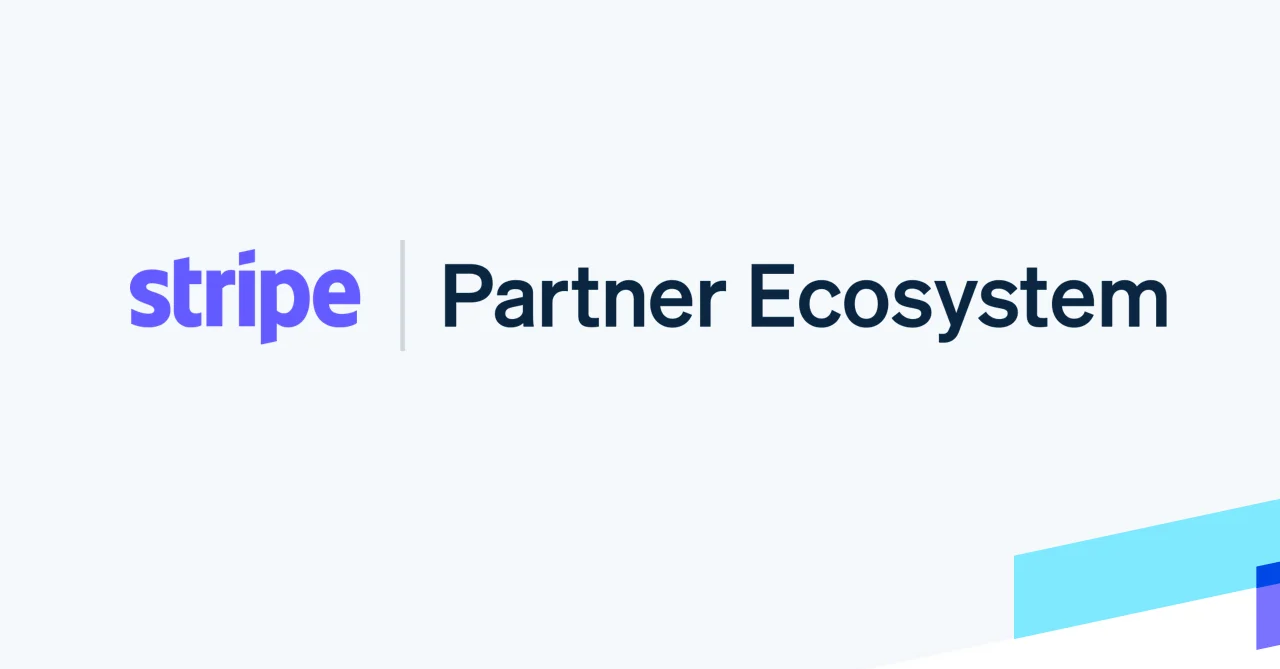Creating a Website for Every Visitor Persona: Making Your Solution ADA Compliant
2021-06-26Creating a Website for Every Visitor Persona: Making Your Solution ADA Compliant

Your goal as a business owner is to maximize the number of visitors on your website in order to maximize the result the website is primarily responsible for driving. One of the most inclusive ways to do this is by making sure that your site has been built with all visitor personas in mind. This includes people who are disabled or have digital limitations such as blindness, low vision, deafness, and mobility impairments. Website accessibility isn't just about complying with the ADA (American Disability Act). It's also about increasing trust and authority for your company through what Google calls "rank factors." Website accessibility features like screen readers, magnification tools for photosensitive conditions, translation services using text-to-speech software are just some of the conveniences you can offer that will make your web solution compliant with ADA standards and qualify it as accessible.
Simple considerations such as selecting a font size in which all text is at least 16 pixels high and always avoid difficult color contrasts. Avoid using bright background colors, blinking or flashing elements as well as any animations that may be harmful to people with photosensitivity. The ability to magnify the site without the use of manual zooming native to a mobile device or desktop browser.
There are many different ways to remain inclusive but also remain aesthetic and adhere to quality designs and performance, for a deep consideration and lots of options to explore, check out this Search Engine Land article.





